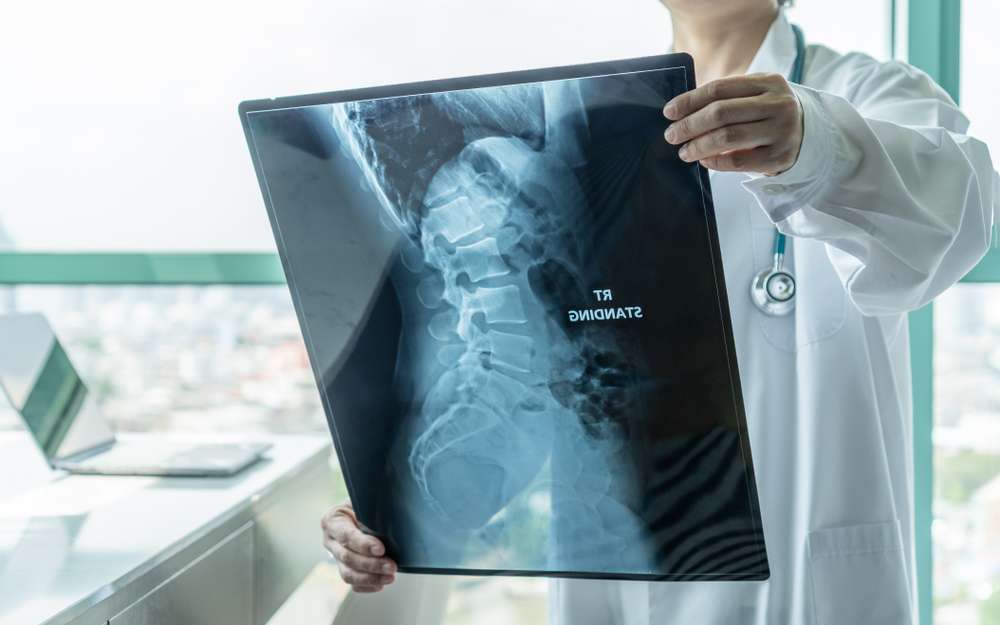Understanding Osteoporosis: Treatment Options, Relief Methods, and Precautions
Treatment for osteoporosis may include medication and lifestyle modifications. If you are receiving treatment for osteoporosis, you are taking an important step towards improving your bone health. However, you may still have some questions about the treatment options. Learn more about frequently asked questions about osteoporosis treatment in this article.

Osteoporosis represents one of Australia’s most significant health challenges, affecting approximately 924,000 Australians according to recent health statistics. This silent disease weakens bones gradually, often without symptoms until a fracture occurs. The condition primarily affects postmenopausal women and older adults, though it can impact anyone regardless of age or gender. Understanding the complexities of osteoporosis management requires examining various aspects from early detection to comprehensive treatment strategies.
Signs that Osteoporosis is Worsening
Recognizing deteriorating bone health involves monitoring several key indicators. Height loss exceeding 2 centimeters may signal vertebral compression fractures, while developing a stooped posture or dowager’s hump indicates spinal changes. Frequent fractures from minor falls or activities that previously caused no harm represent clear warning signs. Back pain, particularly in the middle or lower spine, often suggests vertebral fractures. Additionally, dental problems including tooth loss or receding gums may indicate jawbone deterioration associated with advancing osteoporosis.
How Osteoporosis Affects the Legs and Organs
Osteoporosis impacts the entire skeletal system, with particular effects on weight-bearing bones including the legs. Hip fractures represent the most serious complication, often requiring surgical intervention and lengthy rehabilitation. Leg bones become increasingly fragile, making activities like walking or climbing stairs potentially hazardous. Beyond skeletal effects, osteoporosis influences various organ systems. Compressed vertebrae can affect lung capacity by reducing chest cavity space. Digestive issues may arise from spinal curvature changes affecting abdominal organ positioning. The condition also impacts mobility and balance, increasing fall risk and creating a cycle of decreased activity and further bone loss.
Vitamins that are Beneficial for Osteoporosis
Nutritional support plays a fundamental role in osteoporosis management. Calcium remains the cornerstone mineral, with adults requiring 1000-1200mg daily depending on age and gender. Vitamin D proves equally crucial, facilitating calcium absorption and bone mineralization. Australian health authorities recommend 600-800 IU daily, though some individuals may require higher doses based on blood testing. Vitamin K2 supports bone protein formation, while magnesium aids calcium metabolism. Vitamin C contributes to collagen production essential for bone matrix formation. B-complex vitamins, particularly B12 and folate, support bone health through homocysteine regulation.
Things to Avoid if you have Osteoporosis
Certain activities and substances can accelerate bone loss or increase fracture risk. High-impact exercises like running or jumping should be approached cautiously, though complete avoidance of physical activity proves counterproductive. Excessive alcohol consumption interferes with calcium absorption and bone formation. Smoking significantly increases fracture risk and should be eliminated entirely. Caffeine intake exceeding 400mg daily may impair calcium absorption. Certain medications including corticosteroids, proton pump inhibitors, and some antidepressants can worsen bone loss. High sodium intake increases calcium excretion through urine, while excessive protein consumption may have similar effects.
Preventing Osteoporosis from Worsening
Slowing disease progression requires a comprehensive approach combining medical treatment, lifestyle modifications, and regular monitoring. Weight-bearing exercises like walking, dancing, or tai chi help maintain bone density while improving balance and coordination. Resistance training using weights or resistance bands stimulates bone formation. Fall prevention measures including home safety modifications, appropriate footwear, and vision correction reduce fracture risk. Regular bone density testing monitors treatment effectiveness and disease progression. Maintaining adequate nutrition, managing underlying health conditions, and adhering to prescribed medications form the foundation of successful osteoporosis management.
| Treatment Type | Provider/Method | Key Benefits | Cost Estimation |
|---|---|---|---|
| Bone Density Scan | Radiology Clinics | Early detection and monitoring | $200-400 AUD |
| Bisphosphonate Medication | General Practitioners | Slows bone loss | $30-80 AUD monthly |
| Physiotherapy | Private Practices | Exercise programs and fall prevention | $80-120 AUD per session |
| Nutritional Counseling | Dietitians | Optimized bone-supporting diet | $100-150 AUD consultation |
| Endocrinologist Consultation | Specialist Clinics | Advanced treatment planning | $300-500 AUD initial visit |
Prices, rates, or cost estimates mentioned in this article are based on the latest available information but may change over time. Independent research is advised before making financial decisions.
Managing osteoporosis effectively requires understanding its multifaceted nature and implementing comprehensive strategies. Early recognition of worsening symptoms enables timely intervention, while awareness of the condition’s systemic effects helps individuals make informed decisions about their care. Proper nutrition, particularly adequate vitamin and mineral intake, supports bone health alongside medical treatments. Avoiding harmful substances and activities reduces further bone loss and fracture risk. Most importantly, preventing disease progression through active management, regular monitoring, and lifestyle modifications can significantly improve outcomes and quality of life for those living with osteoporosis.
This article is for informational purposes only and should not be considered medical advice. Please consult a qualified healthcare professional for personalized guidance and treatment.



